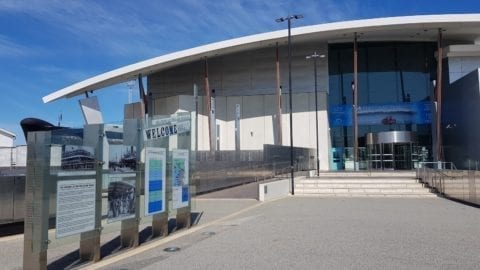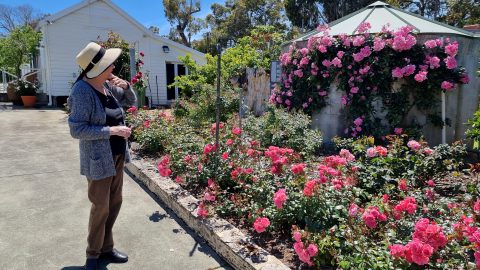Nestled within Yalgorup National Park lies one of Western Australia’s most fascinating natural phenomena – the Lake Clifton Thrombolites. These remarkable limestone structures offer visitors a glimpse into Earth’s earliest life forms, dating back billions of years.

Screenshot
Located in the Peel region, the thrombolites are easily accessible via a purpose-built observation boardwalk that protects these delicate formations while providing excellent viewing opportunities. The distinctive rounded, rock-like structures have a characteristic limestone colouring and are formed by microscopic organisms too small for the human eye to see.

What makes these formations particularly special is the scientific mystery behind their creation. Researchers believe they form due to fresh groundwater upwellings rich in calcium carbonate. The microorganisms living in this unique environment can precipitate calcium carbonate during photosynthesis, creating the mineralized structures we see today.

Visitors to the site will find excellent facilities including:
- Wheelchair-accessible toilets
- Picnic tables
- A viewing jetty
- Free parking
- No entry fee
For those wanting to extend their visit, the Lakeside Loop Trail offers a pleasant 5km walk along Lake Clifton’s eastern shore, winding through beautiful paperbark, melaleuca, peppermint, and tuart trees.

The site sits on traditional Pinjarup land and provides an important window into understanding Earth’s biological history. The discovery of these modern-day thrombolites has helped scientists better understand the significance of micro-organisms in our environment and piece together the story of life on our planet.
Best viewing times vary with water levels – during drier periods, the thrombolites are more visible, while in wetter months (such as July), they may be submerged.

The Lake Clifton Thrombolites offer a unique opportunity to witness living history and are well worth adding to your must-see list when exploring Western Australia’s natural wonders.














